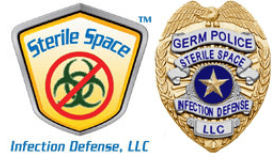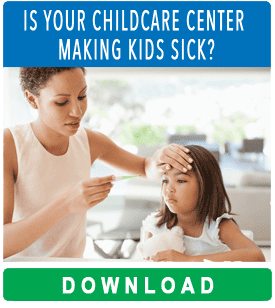Originally Published by ScienceAlert
A new study from the National Institutes of Health shows a jump in both hospital-acquired infections and resistance to the antibiotics used to treat them.
The findings are based on data gathered at 120 U.S. hospitals from January 2018 to December 2022, a five-year period that included the COVID-19 pandemic.
Dr. Nasia Safdar, a professor of infectious medicine at the University of Wisconsin-Madison, discusses why infection rates have gone up and how you can protect yourself as a hospital patient or visiting family member.
The Conversation has collaborated with SciLine to bring you highlights from the discussion that have been edited for brevity and clarity.
What are health care-associated infections?
Nasia Safdar: These are infections that occur as a result of exposure to the health care system. People coming in for care are typically quite sick, so they’re at risk of acquiring bacteria that can then cause an infection while they’re in the hospital, or shortly after they’re discharged from the hospital.
Why do infections, particularly antibiotic-resistant ones, spread so easily in hospitals and other health care settings?
Nasia Safdar: There is a certain profile of bacteria and germs that develop in health care facilities. And that profile is typically bacteria that are resistant to many commonly used antibiotics.
Patients are already vulnerable and may have compromised immune systems. On top of that, add the risks associated with heavy-duty antibiotic usage, surgeries, procedures and medical devices like urinary catheters and intravascular catheters, which go into the bloodstream.
The result is a population at risk for acquiring these bacteria circulating in the environment.
>>CLICK HERE to Read the Full Article on ScienceAlert.com





